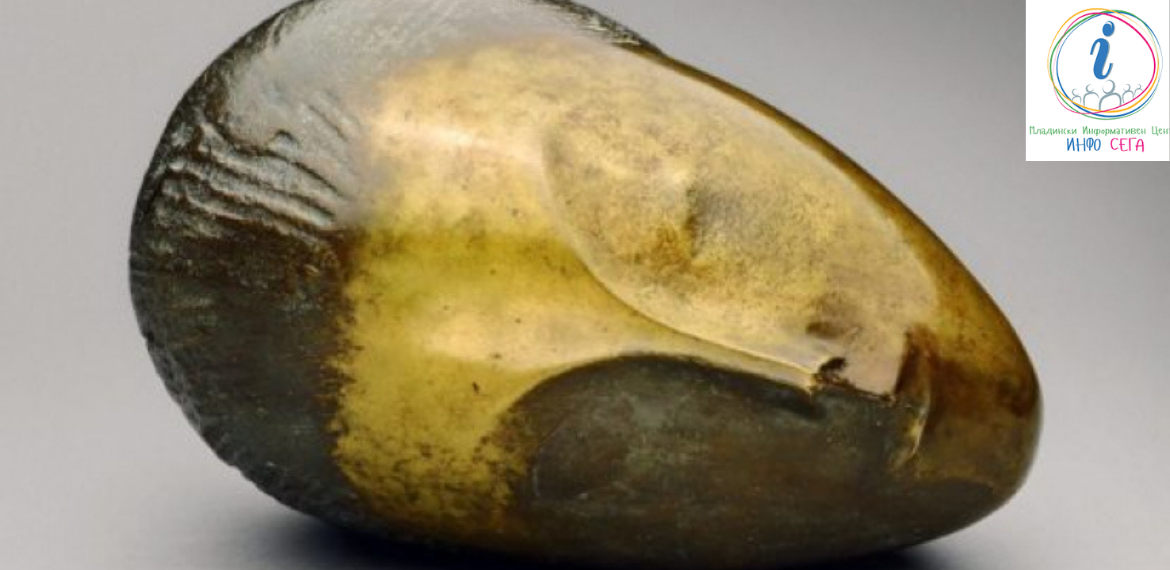
Constantin Brâncuși
Constantin Brâncuși (born 19 February 1876- died 16 March 1957) was a Romanian sculptor with major contributions to the renewal of the language and plastic vision in contemporary sculpture.
He went to the School of Arts and Crafts in Craiova between 1894-1898, then finished his studies at the School of bellearte in 1902. In 1905 he got admitted to the prestigious École Nationale Supérieure des Beaux-Arts in Paris, where he worked in the workshop of Antoin Mercie until 1906, but when he reached the age limit he left the school. He refused to work as a practician in the workshop of Auguste Rodin, saying the now famous words: „Rien ne pousse à l’ombre des grands arbres”(At the shadow of big trees, nothing grows).
At the beginning of his career, Brâncuși’s sculptures were mostly classic representations of the human form.The time between 1897 and 1907 is characterized by a big accumulation of knowledge and skills, as well as the discovery of different solutions to modeling materials. After 1905, the vision of the artist became clearer and more powerful. As an immediate consequence, the transformation of the structure of his work suffered a fast evolution. Therefore, beginning with 1907, the anthropomorphic representations gave space to the sculptures that would show the Brâncuși of later years, the one who would enter the universal consciousness.
Explaining that "The artist should know how to dig out the being that is within the matter," Brancusi sought to create sculptures that conveyed the true essence of his subjects, be they animals, people, or objects by concentrating on highly simplified forms, free from ornamentation. While many regarded his art as abstract, the artist disagreed; he insisted on the representational nature of his works, asserting that they disclosed a fundamental, often concealed, reality.
Brancusi's work was largely fueled by myths, folklore, and "primitive" cultures. These traditional, ancient sources of inspiration formed a unique contrast to the often sleek appearance of his works, resulting in a distinctive blend of modernity and timelessness.
Written by: Catalin Popsor

